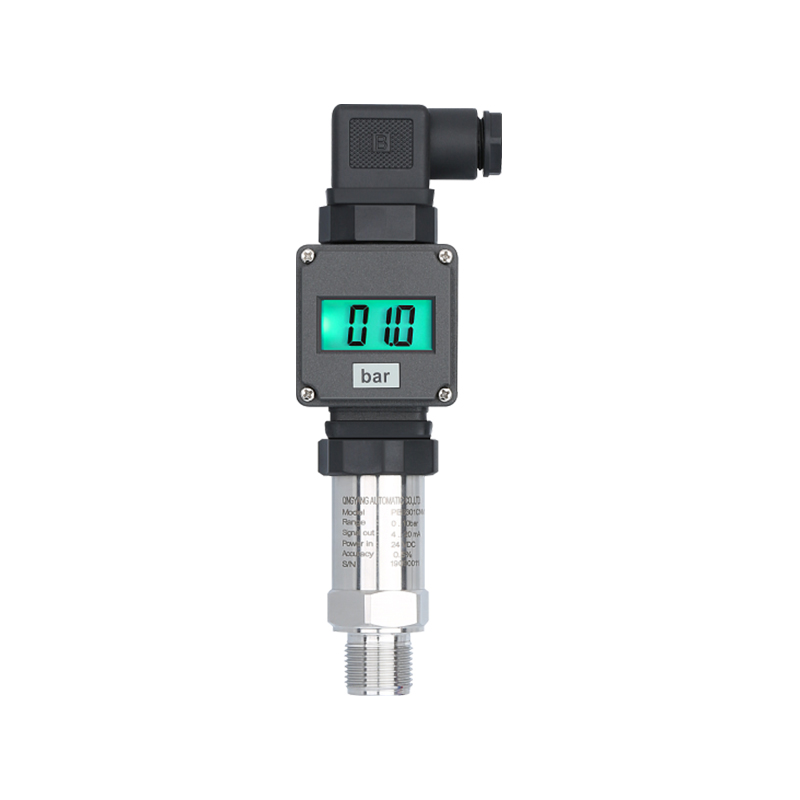The accuracy of level transmitters in measuring liquid or solid levels can vary depending on several factors, including the type of level transmitter, the measurement range, the application conditions, and the calibration process. Here are some general points to consider:
1.Type of Level Transmitter: Different types of level transmitters offer varying levels of accuracy. For example, technologies like ultrasonic, radar, and laser-based level transmitters are known for their high accuracy, while float-based or pressure-based transmitters may have lower accuracy levels.
2.Measurement Range: The accuracy of a level transmitter can vary depending on the measurement range. Typically, level transmitters are most accurate within a specified range. Accuracy may decrease at the extreme ends of the measurement range.
3.Application Conditions: Factors such as temperature, pressure, viscosity, density, and the presence of contaminants can influence the accuracy of level measurements. Some level transmitters may be affected by these conditions and require compensation or specialized versions to maintain accuracy.
4.Calibration: Proper calibration is essential to achieve accurate level measurements. Regular calibration ensures that the level transmitter is accurately measuring the desired levels. It is recommended to follow manufacturer guidelines and industry standards for calibration procedures.
5.Manufacturer Specifications: Level transmitter manufacturers provide specifications that indicate the device's accuracy. These specifications may include values such as percentage of full-scale accuracy or a specific numerical value representing the maximum deviation from the true level.
6.Application Requirements: The required level of accuracy may vary depending on the specific application. Some applications, such as industrial processes or custody transfer operations, demand higher accuracy levels, while others may have more lenient requirements.
PB8301CNM level integrated transmitter
A level transmitter is a type of measurement instrument used to determine the level of liquid in a container or vessel. It is commonly used in industrial applications such as oil and gas, chemical processing, water treatment, and storage tanks. The transmitter provides real-time information about the liquid level, which is crucial for monitoring and controlling various processes.


































































 English
English русский
русский














